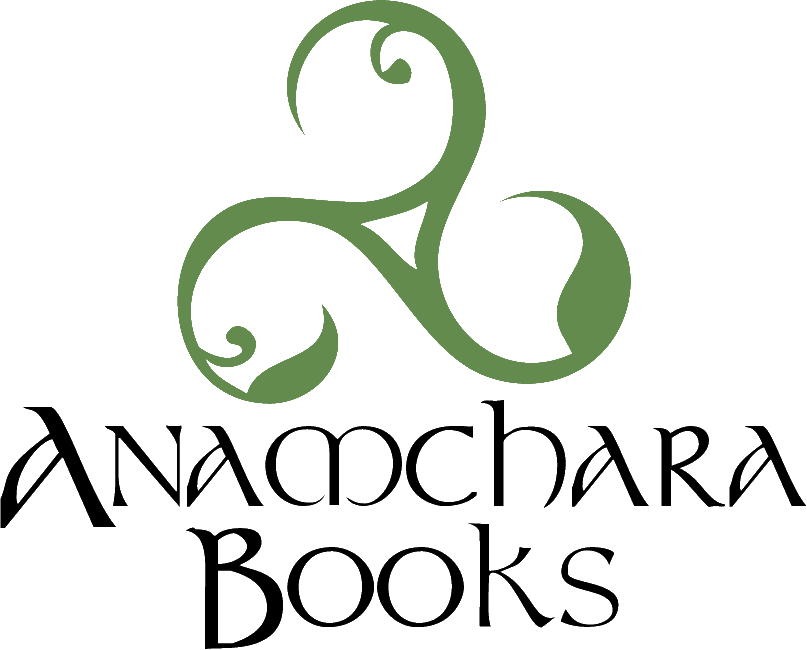Douglas Firs and Apple Trees by Bill Palmer and Ellyn Sanna
/My Christmas tree this year is a beautiful Frasier fir, for which I paid a whopping $45 at Kodey’s Tree Farm on the first Sunday of December. It meets my late father’s minimum requirement that it scrapes the ceiling of my living room. But in honor of my Dad, there’s no way it could have come into the house until it was almost Christmas (my family followed a now-almost-extinct tradition that the tree did not go up until Christmas Eve because the preceding weeks of Advent were a time of spiritual preparation for the Big Day and very much NOT part of the Christmas Season). Ours was a Christian home, and not a Department Store! The tree was trimmed on Christmas Eve and stayed up through the traditional Twelve Days of Christmas, until the Feast of the Epiphany on January 6. This year may be the earliest I’ve trimmed the tree.
We’ve had a cold and snowy December in upstate New York this year. I hauled an essentially frozen-solid tree from the garage into my warm house last Saturday. Its boughs relaxed as it thawed, and now it has released its rich and spicy scent. It’s been decorated with lights and garlands and many of the old Palmer family ornaments from the 1940s and ‘50s. I have performed the ritual passed on to me from my father, and his father, and his father before him.
There’s something timeless about this time of year, isn’t there?
Merry Christmas!
—Bill Palmer
Bill Palmer is such a good Celt, delighting in each pause in the turning wheel of the year. We learn from his pleasure in the simple pleasures of childhood—the scent of evergreen, the magic of new-fallen snow, and the promise of old traditions to bring fresh meaning to our lives, year after year.
The Christmas tree is an especially potent symbol of life in the midst of winter, one that connects us to centuries of tradition and meaning. Dating back centuries before Christ, people brought evergreen trees, plants, and leaves into their homes as a way to celebrate the promise of life's return at the beginning of winter's decline. Egyptians decorated their houses with green date palm leaves around the time of the winter solstice, and the Romans celebrated Saturnalia with evergreen branches. Saturnalia lasted one week beginning on December 17th, ending with the winter solstice, which the Julian calendar marked on December 25th.
Not until the Renaissance are there clear records of trees being used as a symbol of the Christian holiday of Christmas. The most likely theory is that Christmas trees started with medieval plays celebrating the Nativity, which was linked to the story of creation. Christmas Eve was also considered the Feast Day of Adam and Eve—and the “Paradise Tree,” hung with apples, played a significant role.
Adam and Eve's Feast Day is still celebrated in the Eastern Orthodox Church, often with apple dishes, such as this traditional Adam and Eve pudding.
Adam and Eve Pudding
Ingredients
1/2 cup sugar
1/2 cup butter
2 eggs
1 tsp grated lemon zest
1/2 cup flour
1/4 tsp salt
1/2 cup raisins
3 Granny Smith apples, peeled, cored. and sliced
1/2 cup sugar
1/4 tsp powdered cloves
butter for greasing pan
Instructions
- Preheat oven to 375° F.
- Cream 1/2 cup sugar and butter. Beat in eggs and zest into sugar/butter mixture.
- Sift flour and salt. Beat into batter. Stir in raisins.
- Mix 1/2 cup sugar and cloves together. Sprinkle mixture on apples.
- Grease a 2 quart baking dish. Place apples on bottom. Poor batter over apples. Bake for 45 minutes.
Whether you try out a new holiday tradition or revel in old ones, may you find deep meaning in them all. Happy holidays!
—Ellyn Sanna
Bill Palmer is the author of Santa Claus: Saint, Shaman, & Symbol. Ellyn Sanna is Executive Editor of Anamchara Books and author of numerous books on spirituality including All Shall Be Well: A Modern-Language Version of the Revelation of Julian of Norwich.



